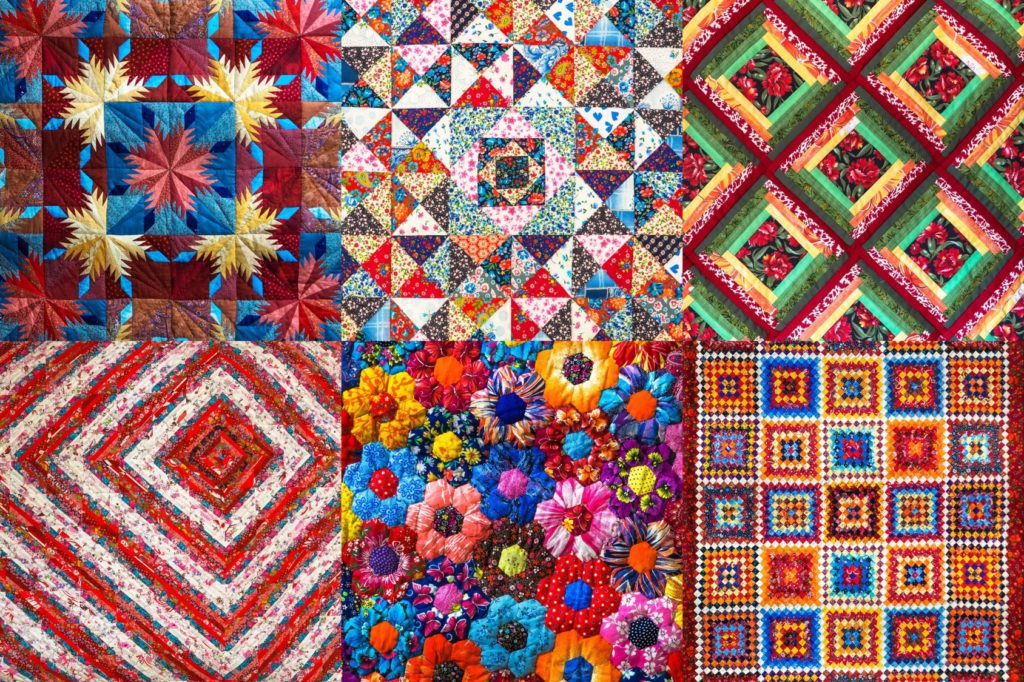
Quilts are functional works that are also considered textile art. They were a standard item in the homes of early settlers as they migrated across America. Families worked together to create quilts for everyday use and special occasions, like wedding gifts. They utilized padded materials for clothing, bedding, and even armor in practically every corner of the world. Over time, quilts have evolved from utilitarian objects to works of art that people everywhere are proud to display.
In the eighteenth century, state and municipal agricultural fairs had competitive divisions for quilts and other handicrafts. The idea was that showcasing and rewarding the most beautifully designed and well-constructed quilts would motivate women to improve their skills.
In the twentieth century, the widespread distribution of women’s publications prompted entry into national quilt contests. The Century of Progress Quilt Contest, sponsored by Sears, Roebuck, and Company as part of the 1933 World’s Fair in Chicago, was the most renowned of these.
Now that we’re celebrating 150 years of the Colorado State Fair, it’s worth looking at how quilts have changed in modern times.
Barn Quilts

Barn quilts are a unique part of quilting history, and they are the only quilts judged by their design and composition rather than the materials used. People made barn quilts to hang on barns and stables as decoration, but they were also used as advertisements for businesses and products.
At first, judges were skeptical about whether these “quilts” could be called quilts, and they thought they looked more like craft projects than artful creations. But over time, as we’ve seen more barn quilts enter competitions, judges have become more comfortable awarding prizes for their unique beauty and creativity.
The first documented American quilt exhibit was in 1971 at the Boston Museum of Fine Arts, and it featured a wide range of styles, from patchwork to appliquéd designs. A few years later, The American Quilter’s Society (AQS) was founded in 1984 by Bill and Meredith Schroeder, which still holds an annual convention today. The AQS was not the only organization that began holding competitions for quilts; other groups started up as well, including The International Quilt Association (IQA) – Founded in 1974 by Karey Bresenhan and Nancy O’Bryant Puentes under the International Quilt Association/USA. In 1992, IQA became an independent non-profit organization with headquarters in Houston, Texas, and its mission is “to promote passion and preserve the art of quilting.”
Pieceful Ingenuity Patchwork Quilts
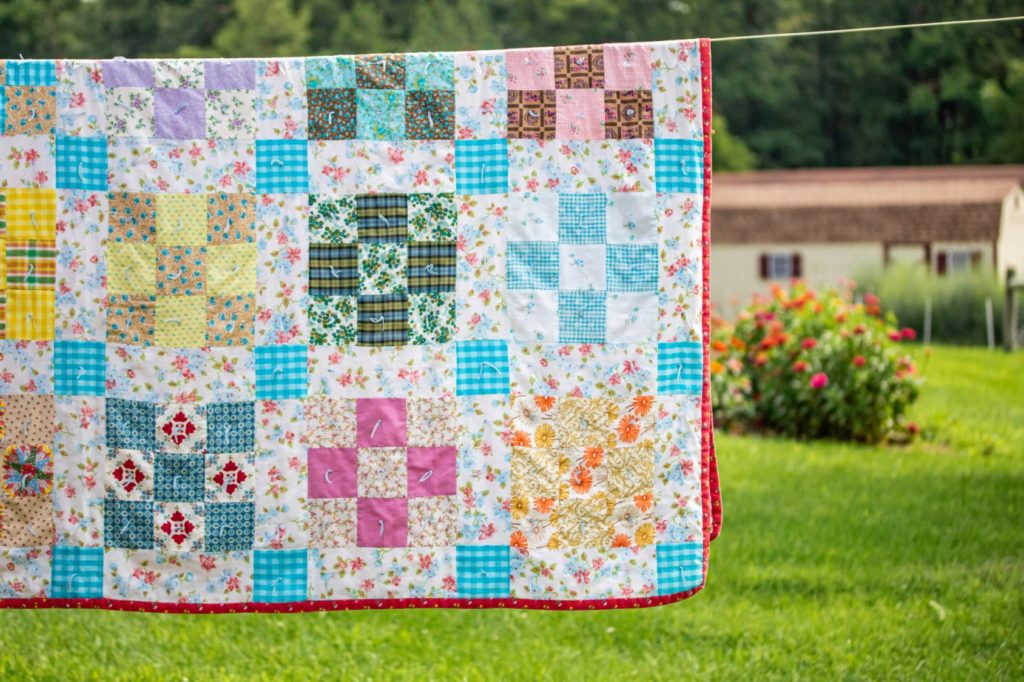
Despite the existence of complicated patchwork quilts that took a long time to complete, pieced quilts were the most common bedcover and were designed to be produced fast. Every shred of fabric and useable component of worn garments was salvaged and used in patchwork quilts since even small cloth remnants could be utilized. At the time, pieced quilts were the most popular style. Early quilters did not limit themselves to designing only one sort or method for the quilt. They used their creativity and resourcefulness to create countless patchwork combinations, appliqué, and embroidery. The Medallion quilt, a relatively basic design with dramatic impact that was particularly popular in the early 1800s, was one early version.
Traditional Cotton Quilts
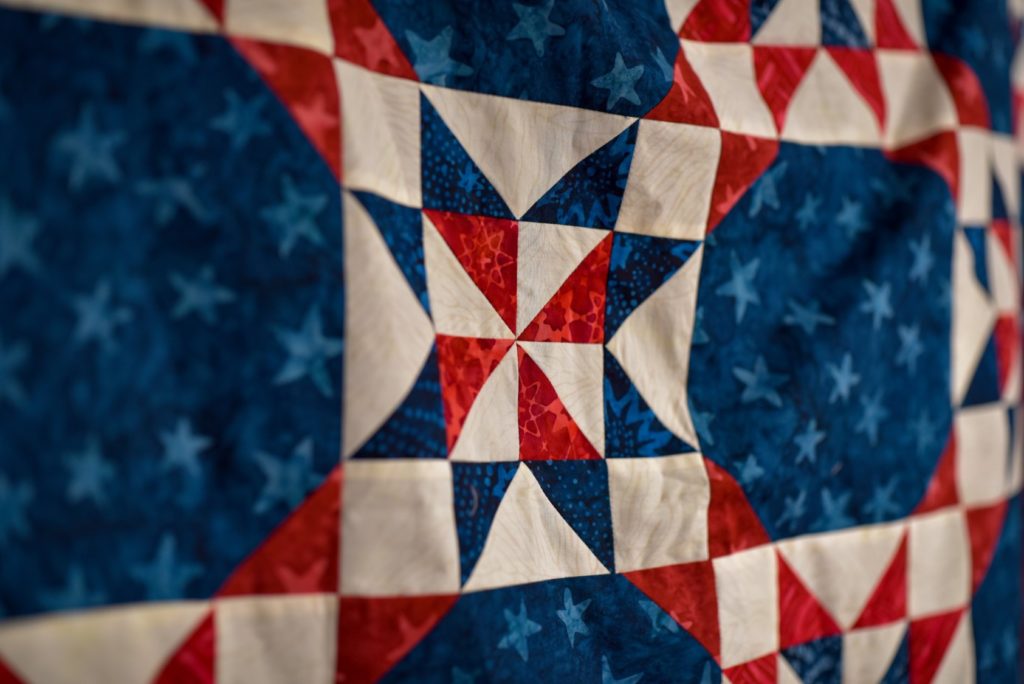
Traditional quilts were made with cotton or wool batting sandwiched between two layers of fabric. This included machine-made quilts and hand-stitched by one person or a group working together. But you will also find quilt competitions that fit all kinds of materials, including silk and other synthetics. Although most quilters had favorite motifs, they liked to incorporate them into their designs. Many were willing to try new ideas and experiment with different color palettes, fabric types, textures, or even materials.
Colonial women made the best use possible of the limited supplies. They would make “whole-cloth” quilts by heavily stitching fabrics together, such as wool or linen, and adding backing textures like flannel and fleece. Later, appliqué patterns were added to the whole cloth pattern for extra warmth during the winter months. It wasn’t until 1800 that quilt piecing became popular in America among women who couldn’t afford whole cloth-style fabrics because it was cheaper and easier than hand stitching each piece into place.
Handmade Quilts
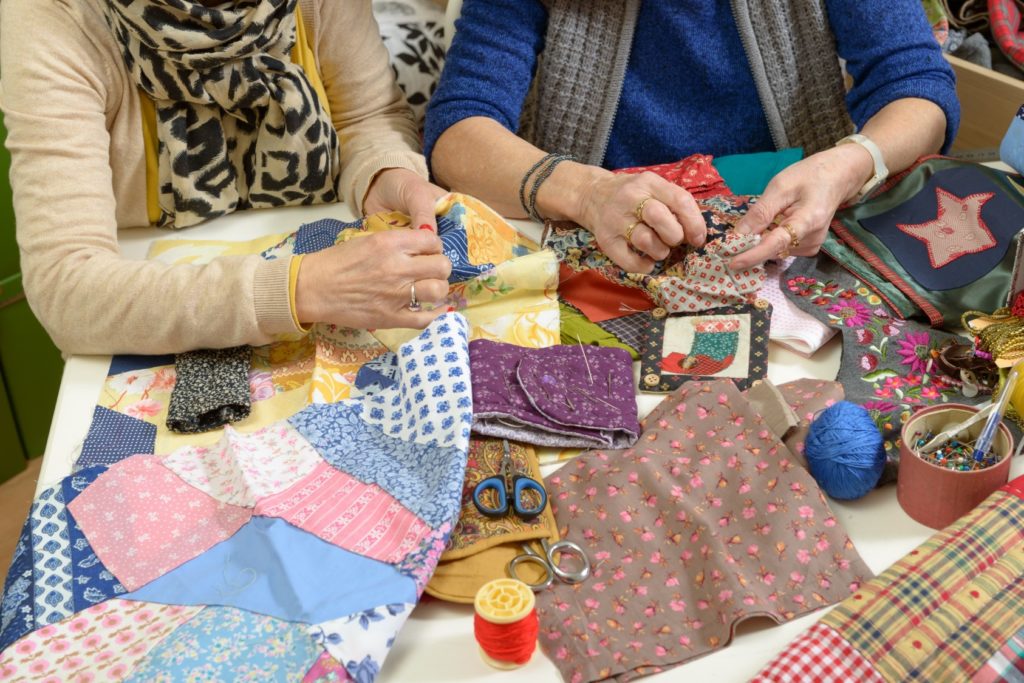
Rural communities frequently banded together to assist their neighbors with large projects like barn construction or quilt completion. The quilting bee was a social gathering that allowed multiple quilts to be completed in a single day rather than weeks or months.
In many regions of the country during the 1800s, it was customary for a young girl to sew a baker’s dozen quilt tops before getting married. This collection included 12 utility quilts sewn and one masterpiece quilt for her bridal bed that was either pieced or appliqued. She would finish turning her tops into finished quilts after her engagement.
Ladies Home Journal was a popular magazine from 1883 to 1936. In 1935, it held a quilt contest called the “Great Depression Quilt Contest.” The competition’s goal was to help people cope with depression by giving them engaging projects. People were encouraged to use materials they already had at home or discarded clothing. Did you know that more than 15,000 people submitted pictures of their quilts completed without store-bought materials? No one did! Who knew there would be such a demand for a contest like this?
Modern Quilts
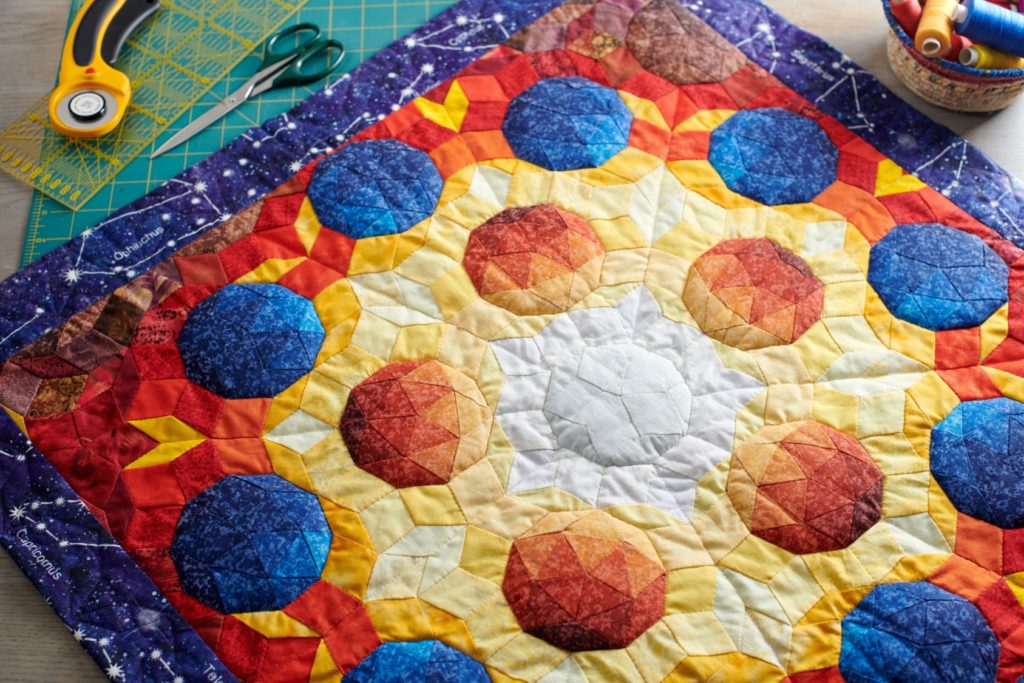
The granddaughters of these older women revived interest in quilt making in the 1970s and 1980s. Many young people were inspired by the back-to-the-land movement, which was sparked by anti-materialism in the late 1960s, to master manual skills neglected in the postwar push toward an automated society.
The 1976 Bicentennial Celebration, a watershed moment in American history, was also a watershed moment in quilt history. The quilt gained popularity as a symbol of national pride and achievement and a powerful reminder of our history. In 1992, Lands’ End Direct Merchants’ Coming Home Division teamed up with Good Housekeeping magazine to host an “All-American Quilt Contest.” Judges chose a first prize winner from each state and a nationwide winner from the entries received. In 1994 and 1996, the contest was held again, with the topic “If Quilts Could Talk.” The winners in 1994 wrote brief essays describing their quilts, and all participants in 1996 did the same. Their motivations and meanings connect them to hundreds of thousands of other quilts. They decorate beds, comfort children, document weddings and birthdays, and bring joy to the makers and their loved ones.
My Heritage, the 1994 Judges’ Choice Winner. ‘A Broken Star‘ quilt in tones of yellow with a white background serves as an inspiration to many African Americans. To reflect the darker colors of yellow and age and value, they use gold tones. They use a black background to symbolize how the coal would have turned black. To show their African heritage, they utilized African fabrics. The gold thread and symbols in the quilting are intended to honor and contrast the African heritage.
Influential artists and quilters have pushed the medium’s limits and brought newfound attention to this traditional craft. Miriam Nathan-Robert is an artist who rejects conventional notions about what quilts should be by using recycled materials in her work. Another is Rachel Brask, whose modern take on landscape scenes has made her a favorite among contemporary art collectors. Other influential artists include Faith Ringgold, Tanya Aguiñiga, Sheila Hicks, Shinique Smith, and Radcliffe Bailey.
Quilting as Socio-political Expression
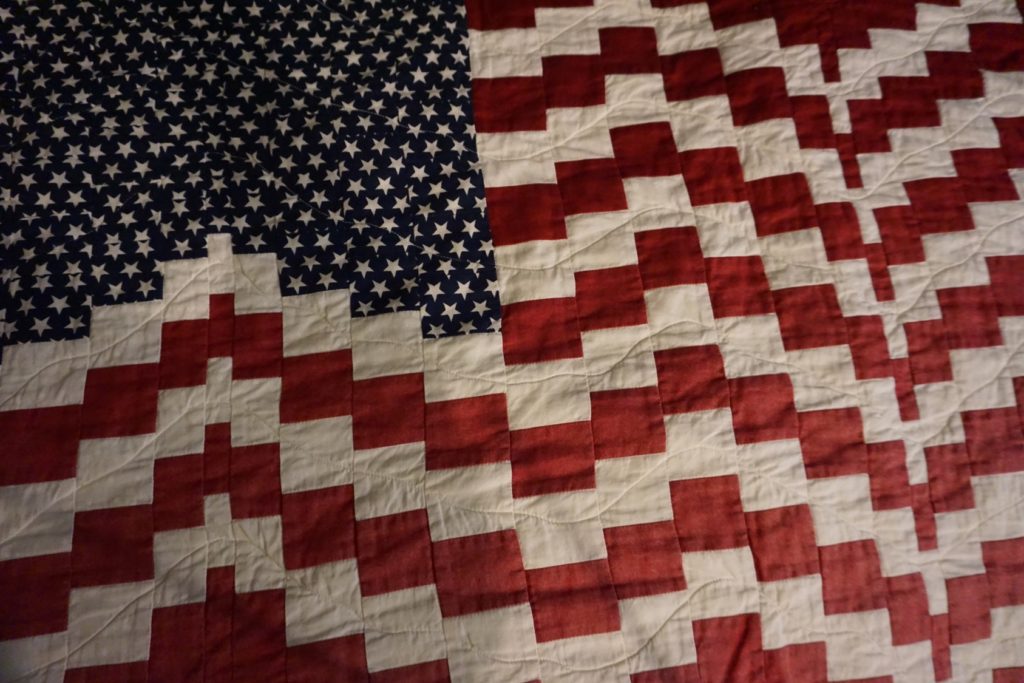
In 1957, James “Son” Thomas made his first quilt depicting white men wearing white hoods and robes. The Grand Cyclops (a title held by the president of a Ku Klux Klan chapter) shows nine men standing in front of a burning cross, some holding guns and one containing an American flag. Thomas created these quilts as protest art against racism, inequality, and violence.
In this day and age of quilt classes, instruction books, and videos, one might suppose learning to make quilts “the old-fashioned way” from family members is rare. Surprisingly, several winning quilters said they had learned from their mothers, grandmothers, or acquaintances. Others learned from church groups that made charity quilts. Most quilters characterized themselves as “self-taught,” which may apply to any quilter. The learning process is the same whether you’re watching a video, reading a book, or hearing words of instruction: each quilter must intentionally learn to perform the necessary motions and then practice until their second nature.
While quilters use various tools and techniques to help them along the way, the truth is that producing a quilt, especially a prize-winning quilt, requires time and dedication. Regardless of their motivation to use a quilt, nearly all of the contest winners said that the difficulty of designing, building, and finishing their quilts gave them a strong sense of accomplishment. Quilting is unique to each maker, but its impact is universal, telling a story and leaving marks on the lives of all who come in contact with it.
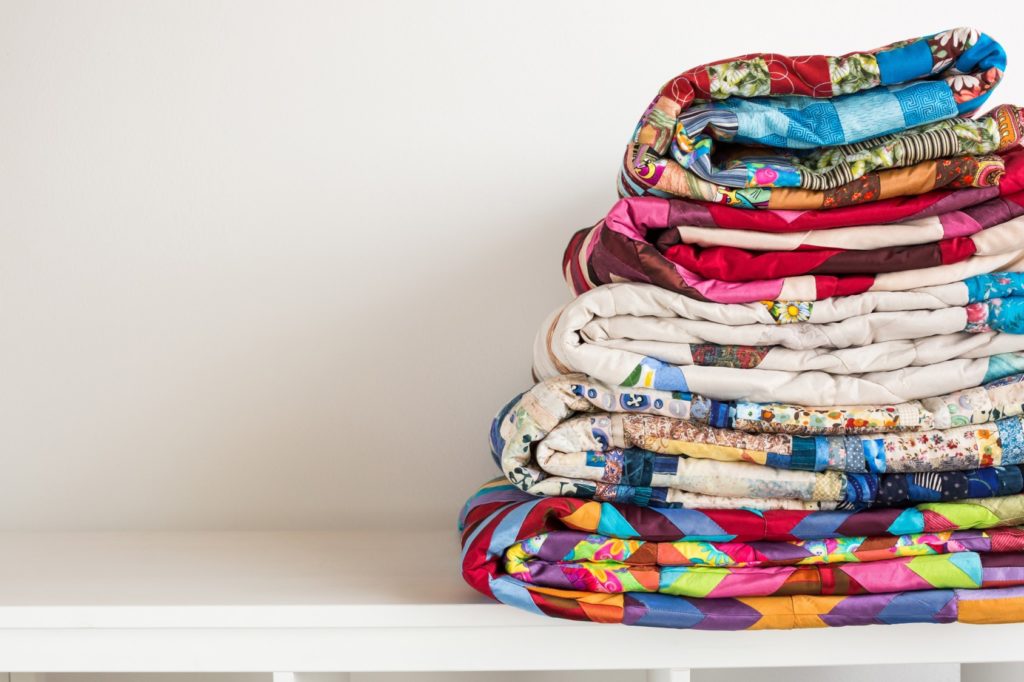
At the Colorado State Fair, Pueblo, you will see quilts, like “Vintage Shirt,” that have become family heirlooms, pieced together by a grandmother or great grandmother from long ago. You may see quilts tell stories about ghosts of an era past, like “The Good Old Days” or “Ghosts of Quilters Past.” You will also see some fantastic modern quilts and art quilts that weren’t made for function but for artistic expression.
Contact us today to learn more!


